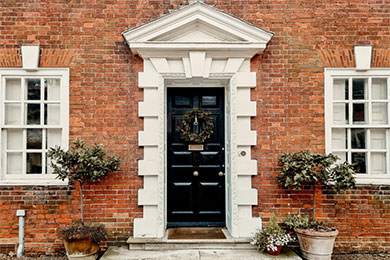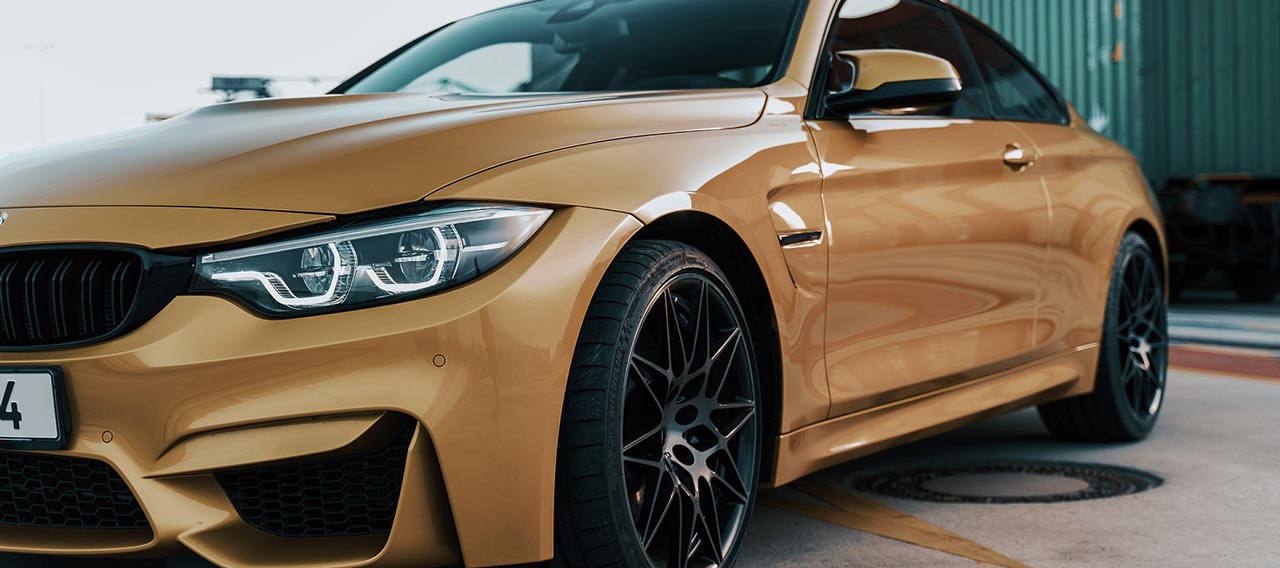- Businesses
- Individuals & Families
- Partnerships
- Brokers

Chubb Climate+ spans major industries, with a goal of enabling climate change progress in a meaningful way.


All Chubb policyholders are eligible for cyber services. Get the most value from your Chubb policy and schedule a consultation today.

In a complex world, Chubb’s support for multinationals and their brokers when choosing the right cover has never been more valuable.


As one of the world's largest providers of jewellery and fine art insurance, you can count on our unparalleled service and expertise, offering some of the broadest protection available.

As pioneers of using in-house appraisers to help clients establish the value of their property, and mitigate the risk of loss, our appraisal service is a key reason why owners of fine homes and high value possessions around the world choose Chubb

Build your business by providing the protection your customers need – it’s insurance for the new possible.

The seamless, secure, and scalable engine behind new possibilities for your company and customers.

-
About
About UsWho We AreFinancial & Regulation
- Claims
-
FCA Regulation
-
Contact
Chubb CareersComplaints
-
BackSuggested Searches
Prior to the beginning of World War I, brothers Walter Owen Bentley and Horace Milner Bentley began their motoring careers by selling French ‘Doriot, Flandrin & Parant’ (DFP) cars in Cricklewood, North London. During this time, Walter’s desire to build and design his own cars began.
Walter, or W.O as he was known, was intrigued by an aluminium paperweight during his visit to the DFP factory in Courbevoie, France. His curious mind saw the potential in using this material in cars, birthing the idea of Bentley Motor Company.
This aluminium paperweight inspired W.O to develop a new style of piston which would be cast from aluminium, making it considerably lighter than the cast iron alternatives which were popular at the time. This idea quite literally took flight during World War I, as the aluminium concept became a reality when it was installed on Sopwith Camel Fighter engines; the best fighter aircraft of its time.
In August 1919, Bentley Motor Cars was registered as a company, and a concept car chassis was exhibited at the iconic London Motor Show just a few months later.
In the months following this, Colonel Clive Gallop, an engineer, racing car drive and World War I pilot, joined the company as an engine designer. His unique experience helped to develop the 3,000 cubic centimetre straight 4 engine. This engine was quite large for the time, but the technical innovation put it head and shoulders above its competitors. It became the first ever production engine to host 4 valves per cylinder and found its home in the first Bentley 3 Litre car. This model was launched to customers in September 1921.
During the 1920s, Bentley continued to establish its reputation, proving victorious many times in the 24hrs Le Mans. The company walked away from the event in 1930, claiming they had ‘learnt enough about speed and reliability’.
The company was hit by financial crisis in 1931, with the 1929 Wall Street Crash paving the way for the Great Depression. Naturally, this significantly reduced the demand for elite Bentley motors, leaving the company in turmoil. After appointing a receiver in July 1931, Bentley received a sealed bid from British Charitable Equitable Trust, which was later revealed to be from the owner of Rolls Royce Limited, after the deal was completed.
Now in the hands of Rolls Royce, the Cricklewood factory was sold and production was ceased for two years, resuming at Rolls-Royce works in Derby. In April 1935, W.O’s contract was ceased as he unhappily left the company to join Lagonda.
Bentley has exchanged owners a couple of times during its history: in 1970, the company was sold to Vickers PLC, before being purchased by Volkswagen, who retain its ownership to this day.
There is no question that Bentley Motor Company has had a challenging history, so what makes them so famous? Its key principles: engineering, design and performance, have created a DNA which has been reflected in the production of its cars throughout history.
At Chubb, we know that receiving a specialist car insurance is imperative for all Bentley owners who cherish their vehicles, and their time. This is why our car insurance is designed to offer a seamless experience, allowing you to continue your day as if nothing happened.
Enjoyed reading this article? At Chubb, we’ve teamed up with TV presenter and racing car driver Jodie Kidd to interview some of the most fascinating owners, restorers and everyone else who inhabits the fascinating world of classic cars. Visit The Chubb Interviews to learn more and subscribe to our podcasts.
For more information on Chubb in the UK click here.
The facts contained within this article were derived from the following sources:
All content in this material is for general information purposes only. It does not constitute personal advice or a recommendation to any individual or business of any product or service. Please refer to the policy documentation issued for full terms and conditions of coverage.
Insights and expertise




